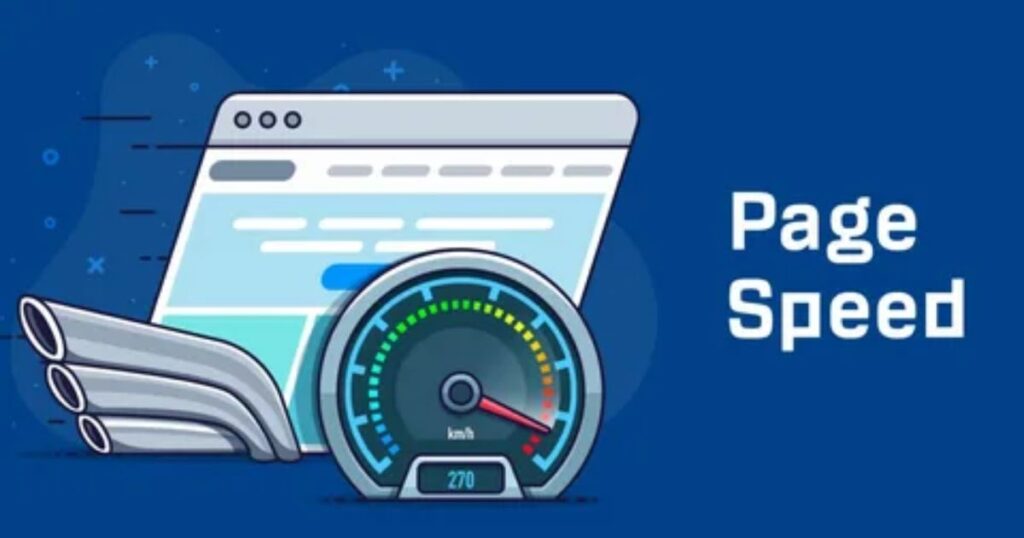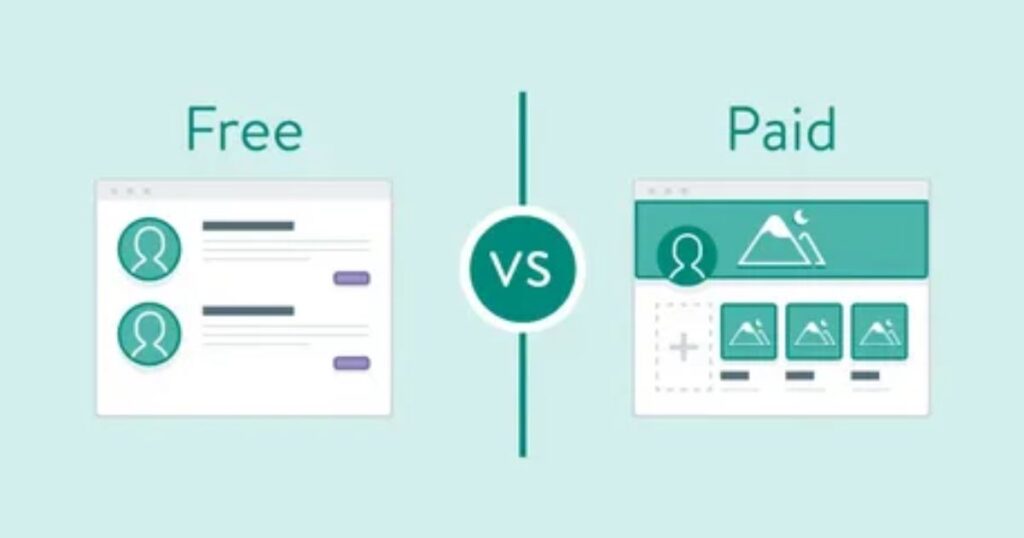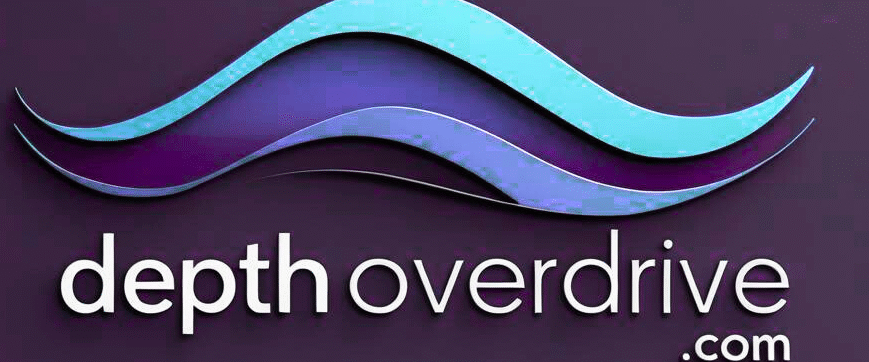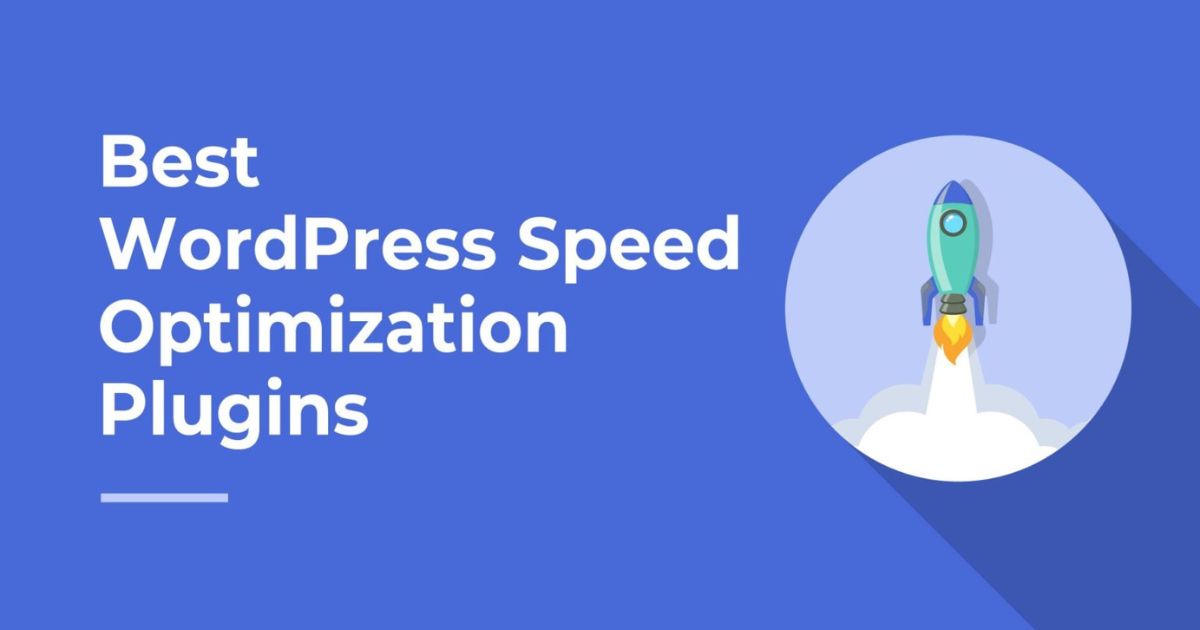Speed is everything in the digital world. If your WordPress website takes too long to load, you’re losing visitors every second. A slow website impacts user experience, reduces conversions, and can hurt your rankings on Google. That’s why finding the best plugins to improve WordPress speed is no longer optional—it’s essential.
In this guide, we’ll show you how to use WordPress optimization tools to make your site lightning fast. Whether you’re a beginner or an experienced user, these tools can help you optimize website performance, improve your Core Web Vitals, and boost your overall user satisfaction. Let’s explore the top plugins to increase website speed and transform your site today.
Why Speed Matters: The Importance of a Fast WordPress Website
Website speed is no longer optional—it’s essential. A fast-loading site keeps visitors engaged. A slow website impacts user experience in major ways: users bounce quickly, pages rank lower in Google, and your sales drop. Google uses speed as a ranking factor, especially with the new Core Web Vitals. That means a faster site performs better in SEO and gets more organic traffic.
From a technical view, when you optimize WordPress performance, you’re enhancing several elements: server response time, code delivery, and front-end loading. Fast sites also consume fewer server resources, meaning you can reduce server load and handle more traffic without paying extra. Whether you run a blog or an eCommerce store, the benefits of speed optimization plugins are clear: better user satisfaction, higher engagement, and improved revenue.
What Slows Down Your WordPress Website?

Many things can slow down your website. Poor hosting, large images, unnecessary plugins, and bad themes are just the beginning. If you don’t compress images without losing quality, your page size increases. That alone can kill your loading time. Other culprits include too many HTTP requests, bloated code, and third-party scripts.
Heavy JavaScript and CSS files also affect Core Web Vitals, especially the Largest Contentful Paint (LCP). That’s why it’s critical to minify JavaScript and CSS to reduce file sizes. Another issue is database clutter. Without regular database optimization, your backend fills with unnecessary data that slows everything down. To optimize website performance, identify what’s dragging your site and tackle it with the right tools.
Why You Need a Plugin to Speed Up WordPress
You could try manual optimization, but it’s time-consuming and risky. A single wrong move can crash your site. This is why using a plugin to improve WordPress speed is the smart way forward. The best plugins handle speed optimization automation, simplifying complex tasks like caching, lazy loading, compression, and script minification.
These plugins also offer a user-friendly dashboard, making it easy for non-tech users to optimize WordPress site speed. Many tools also support CDN integration plugins to serve static files faster. Instead of manually editing code or hiring expensive developers, you get technical optimization made simple. Whether you’re a beginner or a pro, plugins make it safer and faster to boost your site speed.
How to Choose the Right Speed Optimization Plugin

Not every plugin is built the same. When you choose the right plugin, you should consider a few things. First, look at the features: Does it support caching, lazy loading, image optimization, and script minification? Also, check plugin compatibility and features. It must work well with your theme and other plugins.
You’ll also want a plugin that gives real-time performance reports and works with tools like PageSpeed Insights or GTmetrix. A strong option will support application-level optimization and possibly server-level performance enhancement. The plugin should help minimize resource consumption and improve website loading performance without causing issues. In short, pick something powerful yet safe, flexible but stable.
Top 20 Best Plugins to Instantly Increase WordPress Speed
Here is a comparison table showing the top 20 best plugins to instantly increase the speed of your WordPress website. Each one brings unique value and tools for WordPress speed optimization.
| Plugin Name | Core Feature | Free/Paid | Highlights |
| WP Rocket | WordPress caching plugin | Paid | Cache, minify, CDN, lazy load |
| WP-Optimize | Database optimization | Free/Paid | Cleans DB, image compression, and cache |
| Perfmatters | Lightweight optimization tool | Paid | Disable bloat, optimize scripts |
| NitroPack | All-in-one optimization | Free/Paid | Cache, lazy load, CDN, real-time monitoring |
| Autoptimize | Minify JavaScript and CSS | Free | Script control, optimization |
| WP Super Cache | Static caching | Free | Simple caching, CDN support |
| Asset CleanUp | Unload unnecessary scripts | Free/Paid | Reduce page weight, speed up load time |
| WP Fastest Cache | Easy caching system | Free/Paid | Combine files, reduce server load |
| ShortPixel | Image compression plugin | Free/Paid | Compress images without losing quality |
| WP Smush | Image optimization | Free/Paid | Resize, compress, and lazy load images |
| Flying Pages | Preload internal links | Free | Improve perceived speed, reduce bounce |
| WP Super Minify | Minify scripts | Free | Combines and compresses CSS and JS |
| Heartbeat Control | Reduce server load | Free | Optimize WordPress admin-ajax |
| Cache Enabler | Basic caching | Free | Efficient caching with minimal setup |
| RapidLoad | Remove unused CSS | Paid | Target unused styles to improve performance |
| Query Monitor | Debug performance issues | Free | Advanced tools for developers |
| Lazy Load by WP Rocket | Lazy load images | Free | Speed up visual content loading |
| WP Hosting Performance Check | Test host performance | Free | Helps choose fast hosting for WordPress |
| GTMetrix for WordPress | Speed test integration | Free | In-dashboard performance monitoring |
| CDN Enabler | CDN integration plugin | Free | Connects your site with CDN for faster delivery |
These tools are tested and proven to help you increase website speed, improve load times, and create a fast-loading WordPress theme experience.
How to Use Speed Plugins the Right Way (Without Breaking Your Site)
When installing speed plugins, take caution. Don’t activate all features at once. That can crash your site. First, test each setting in a staging environment. For example, if you plan to remove unused CSS, make sure it doesn’t affect your site layout. Backup your site before making big changes.
Also, avoid using two plugins that do the same job. If you have two WordPress caching plugins, they can conflict. Choose one reliable tool and stick with it. Focus on what you need—maybe just lazy load images and an image compression plugin if your site is media-heavy. Remember, proper setup brings faster speeds. Wrong use brings problems.
Real-World Results: Case Studies and Page Speed Improvements

Let’s look at a real case. A small blog with 50 posts used WP Rocket, WP Smush, and Perfmatters. Before optimization, the load time was 5.6 seconds. After setup, it dropped to just 1.9 seconds. Their Page Speed Insights score improved from 58 to 92. That’s a big change.
Another site using NitroPack saw bounce rates drop by 25%. Visitors stayed longer and viewed more pages. Their Core Web Vitals also passed for the first time. These results prove the benefits of speed optimization plugins. Whether it’s a blog or an online shop, performance boosts trust, ranking, and user experience.
Best Free vs Paid Speed Optimization Plugins – Which One to Choose?

Free plugins are great for beginners or simple sites. Tools like Autoptimize, WP Super Cache, and Smush offer strong features without cost. But if you want advanced functions like real-time speed monitoring, server-level performance enhancement, and premium support, paid plugins are the way to go.
A paid plugin often gives you better integration with other tools, more automation, and stable updates. For example, WP Rocket or NitroPack can save hours of setup time. If you’re serious about your business, the price is worth the performance. Whether free or paid, the goal is to optimize user experience through speed.
Frequently Asked Questions About Speed Plugins
Do I need more than one speed plugin?
No. One powerful plugin is usually enough if set up correctly. Using too many causes conflicts.
Can plugins break my site?
Yes, if misconfigured. Always test in staging mode and back up first.
Is image compression important?
Absolutely. An image compression plugin reduces size without harming quality, speeding up your pages.
Are free plugins safe?
Yes, as long as they are well-rated and regularly updated.
How do I know if a plugin is working?
Use tools like GTmetrix or Page Speed Insights to test performance before and after activation.
Final Thoughts: Which Speed Plugin Should You Start With?
If you’re new to optimization, start with WP Rocket or NitroPack. Both are beginner-friendly yet powerful. They offer caching, lazy-loading images, and minification. If you’re on a budget, go for Autoptimize and WP Super Cache. Together, they cover most needs and help you speed up WordPress without coding.
No matter which plugin you choose, your goal is simple: faster speed, better user experience, and higher SEO ranking. In today’s web world, a plugin for better SEO ranking is not a luxury—it’s a necessity. Make the smart choice and start optimizing now.
You Also Read This Article : Does the ‘Hello Elementor’ Theme Have a Child Theme?
Welcome to Depthoverdrive,
I’m Syeda Naqvi, a passionate SEO content writer with 3 years of experience in crafting engaging, optimized, and reader-friendly content. I specialize in creating content that not only ranks on search engines but also provides real value to readers, with a strong understanding of keyword research, on-page SEO, and content strategy.


1 thought on “Top 20 Best Plugins to Instantly Increase the Speed of Your WordPress Website”